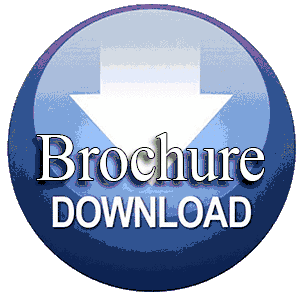
Gerald C. Hsu
Eclaire MD Foundation, USA
Title: Comparison of two glucose measurement results and their influence on excessive energy’s impact on risk probability of cardiovascular disease and stroke using wave characteristic analysis (math-physical medicine)
Biography
Biography: Gerald C. Hsu
Abstract
Introduction:
This paper discusses glucose measurement results and their impact on health from two different methods, finger piercing and testing strip (Finger) and a continuous glucose monitoring system (Sensor).
Method:
The author has been collecting a total of 9,490 glucose data by finger measurement, including both fasting plasma glucose (FPG) once a day since 1/1/2014 (1,825 days) and postprandial plasma glucose (PPG) three times a day since 1/1/2012 (2,555 days).
Recently, he has further collected 19,280 glucose data by applying a sensor on his upper arm to collect his glucose values continuously. This sensor measurement is conducted in parallel with his routine finger measurements. During the period of 5/5/2018 to 12/13/2018 (223 days), he has collected and recorded his glucose values about 70 times per day. The measurement rate is approximately every 15 minutes during the day and every hour during the night. In summary, he has collected a total of 15,655 glucose data and 892 waveforms (223 FPG and 669 PPG). Other waveforms generated between meals or from eating snack/fruit are not included in this analysis.

